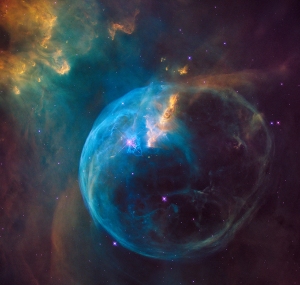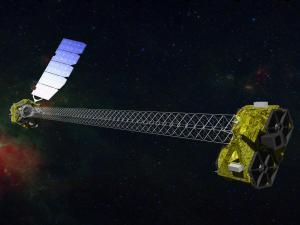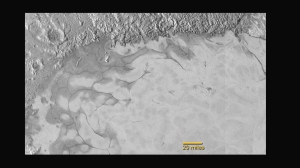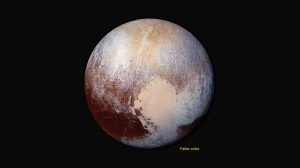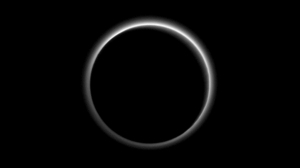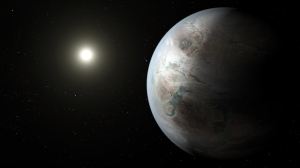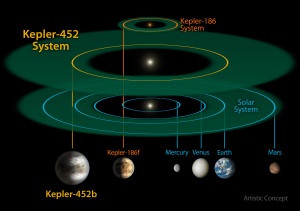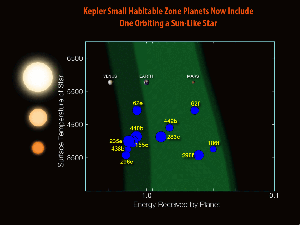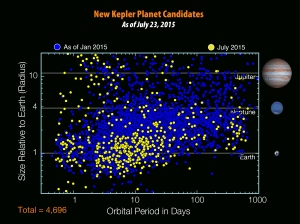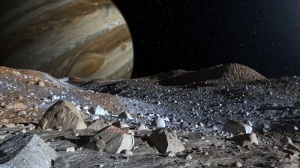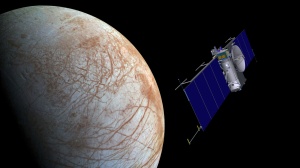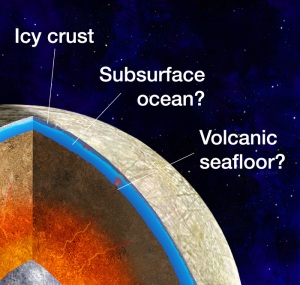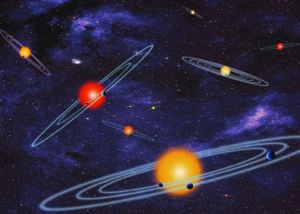Will study dark energy, conduct a census of discovered exoplanets, and image and analysis their spectroscopy using coronagraphy.
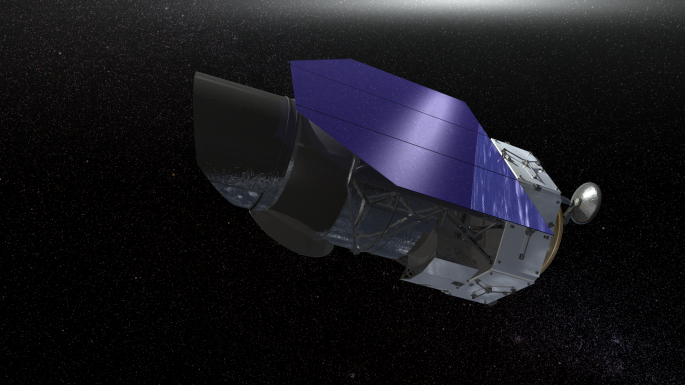
Space news (Astrophysics: next generation infrared telescope; WFIRST) – Goddard Space Flight Center (GSFC), Jet Propulsion Laboratory (JPL) and Space Telescope Science Institute (STScI) –
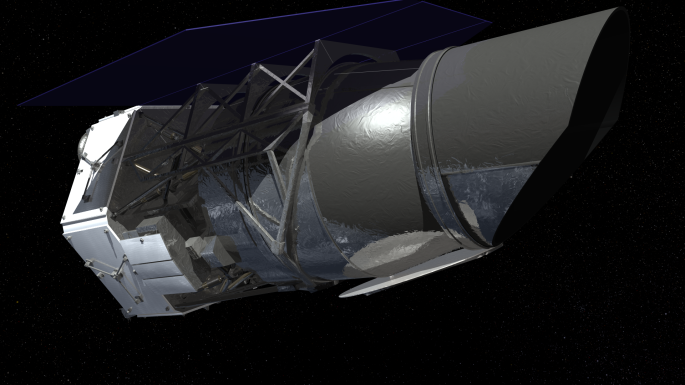
Scheduled for launch sometime in 2020, the exact date hasn’t been set in stone, NASA’s Wide Field Infra-Red Survey Telescope (WFIRST)’s currently in the formation stage in various science institutions around the United States. NASA’s next generation wide-field infrared survey telescope, WFIRST’s expected to open a wider window on the infrared cosmos and unravel secrets of the universe.
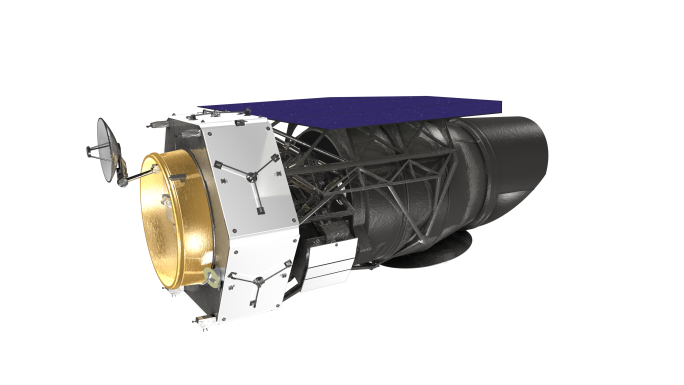
“WFIRST has the potential to open our eyes to the wonders of the universe, much the same way Hubble has,” said John Grunsfeld, astronaut and associate administrator for NASA’s Science Mission Directorate at Headquarters in Washington. “This mission uniquely combines the ability to discover and characterize planets beyond our own solar system with the sensitivity and optics to look wide and deep into the universe in a quest to unravel the mysteries of dark energy and dark matter.”

Utilizing a view 100 times bigger than the Hubble Space Telescope, it will compliment astrophysicists exploring dark energy, dark matter, and the origins and evolution of the cosmos. Carrying a chronograph capable of blocking the individual glare of a star, WFIRST will detect the faint light of planets, making it possible for the first time to make detailed measurements of the chemical makeup of alien atmospheres light-years away. By making a survey of the atmospheres of many alien worlds astronomers will add to our knowledge of their origins and physics and search for planetary atmospheres capable of sustaining life.
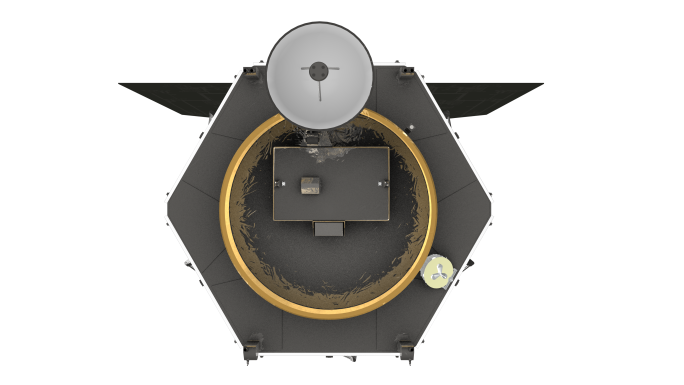
“WFIRST is designed to address science areas identified as top priorities by the astronomical community,” said Paul Hertz, director of NASA’s Astrophysics Division in Washington. “The Wide-Field Instrument will give the telescope the ability to capture a single image with the depth and quality of Hubble, but covering 100 times the area. The coronagraph will provide revolutionary science, capturing the faint, but direct images of distant gaseous worlds and super-Earths.”

Designed and engineered to compliment the discoveries of the Hubble Space Telescope, the Kepler Space Telescope, and future Transiting Exoplanet Survey Telescope (TESS), WFIRST will follow the launch of the James Webb Space Telescope around 2018. One of NASA’s next generation astrophysics observatories, WFIRST will offer a treasure trove of astronomical data and survey the cosmos to discover the mysteries of the universe.
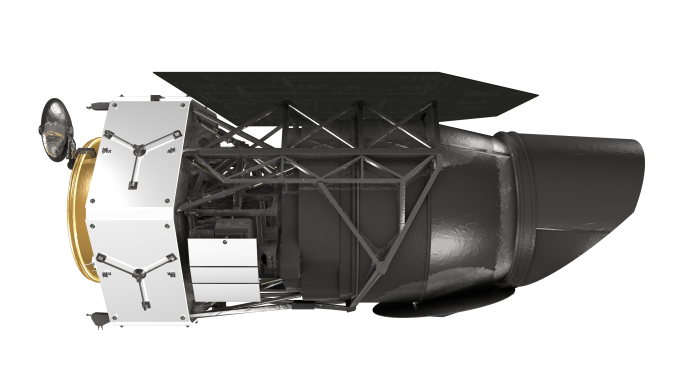
“In addition to its exciting capabilities for dark energy and exoplanets, WFIRST will provide a treasure trove of exquisite data for all astronomers,” said Neil Gehrels, WFIRST project scientist at NASA’s Goddard Space Flight Center in Greenbelt, Maryland. “This mission will survey the universe to find the most interesting objects out there.”
WFIRST’s sensitivity and wide view of the cosmos will allow astronomers to conduct a large-scale survey of exoplanets by monitoring the brightness of millions of stars. Utilizing numerous methods, astrophysicists will use this space observatory to investigate the ways dark energy and dark matter have altered, affected the evolution of the cosmos.
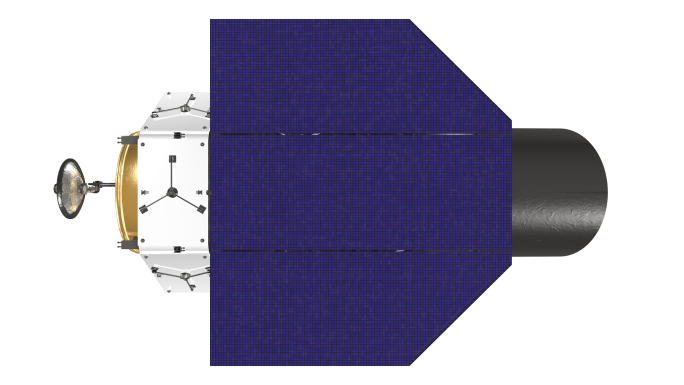
Go for launch!
NASA’s chiseled a tentative date on paper of sometime in the 2020s for the launch of WFIRST, but delays and even improvements of this timetable are possible. After reaching space, NASA’s next generation wide-field infrared survey telescope will travel to an L2 point millions of miles from Earth, before starting astrophysical operations and improving and enhancing our view of the infrared cosmos.
Watch this video on WFIRST.
Read about ASCA, Advanced Satellite for Cosmology & Astrophysics.
Read and learn about the discoveries of the Giant Magellan Telescope, located high up on an Andes Mountain peak in Las Campanas, Chile.
Learn more about the new Japanese X-ray satellite Hitomi, “Pupil of the Eye”.
Learn more about the mysteries of the universe discovered by NASA.
Read more about WFIRST here.
Discover the Hubble Space Telescope.
Learn more about the James Webb Space Telescope here.
Discover NASA’s Goddard Space Flight Center.
Learn more about TESS here.
Learn what scientists have discovered about dark energy.
Discover dark matter here.
Discover the Kepler Space Telescope.


